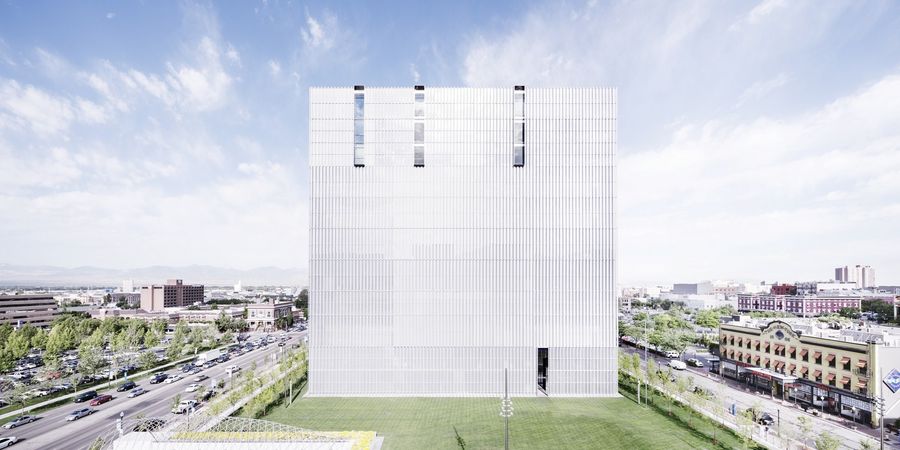I was surprised to find that I haven’t posted anything here for over a year. I knew it had been awhile, but a whole year! Time to catch up.
I’ve written a few articles during the past year that cover a range of topics according to what various editors were looking for. Unfortunately the only one is available online is “Resistance is Futile“, which appeared in City Weekly in May of this year. It’s an extended history and critique of the new Federal courthouse that opened in Salt Lake City in 2014. The building, designed by Thomas Pfifer and Partners, has been widely criticized by the public in SLC for its abstract cubic form and lack of ornament, leading to inevitable comparisons to the Borg cube from Star Trek.

The public’s negative response to the building reflects the distrust of the Federal government endemic in Utah. I think it also reflects as a distrust of reason, common among religious groups like the Mormons who instinctively sense a tension between reason and faith based on a revealed doctrine. The history of the project, which took 20 years from the selection of the architect to completion, is a fascinating case study in the complex forces that collide to shape a project like this and one architect’s successful handling of these forces.
Another piece appears in Volume IV of Dialectic : The Journal of the School of Architecture of the University of Utah. The theme of this issue is “architecture at service”. My contribution deals with the service Peter Eisenman provides the architecture profession, which is to provide a disciplinary discourse which is needed by every profession to establish its legitimacy. You can read the article here.
A third article will appear in Visioning Technologies- The Architectures of Sight, edited by Graham Cairns and published by Taylor and Francis. It discusses our society’s changing visuality brought about by the displacement of representation by simulation as our mode of perception. I will post a copy of it here as soon as it appears in print.